
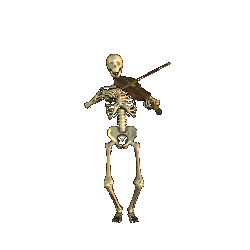

TOTALITY | SINGULARITY:
The self-moving Subject in modern Chinese history 1740-1949 (the decline and fall of value-resistant forms of praxis)
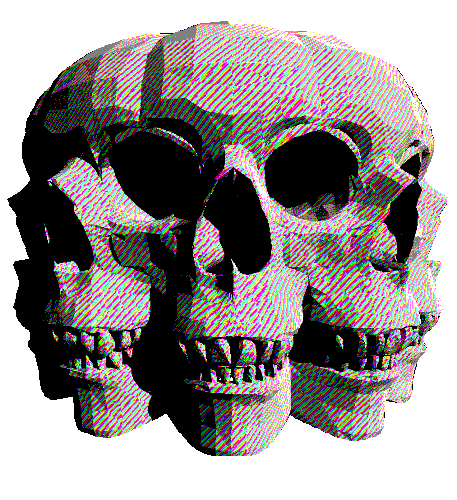

|
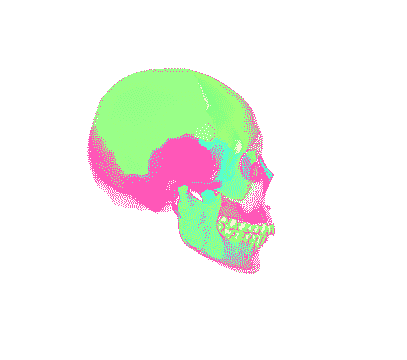
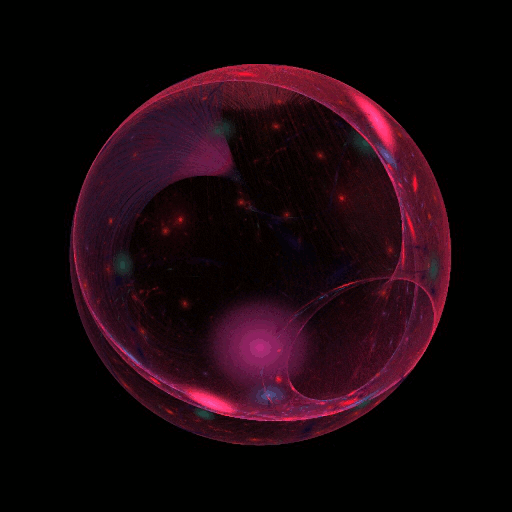
|
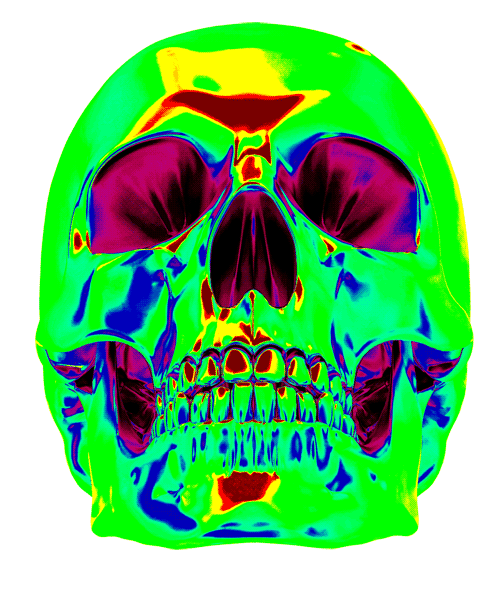
 |
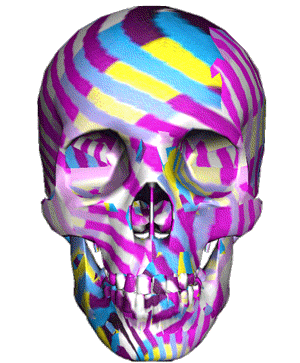
 |
|---|
| 附录 + | notes |
|---|---|
A system’s observed behaviour is not necessarily reflective of the nature (the complexity) of the underlying dynamics behind that behaviour. Things look different from the outside. Endophysics is the body of facts, models, theories that the observer within the system can gain about the system itself; it is asking how the system appears to the internal observer. Endophysics, in contrast, models the entire universe of discourse from the outside. Consequently, the interface of the observer and the system-under-study – an interface which constitutes the measuring instrument – must be taken into account as a necessary dimension of the process-as-observed: “Computational complexity cannot be an intrinsic property of a physical system but “…emerges from the interaction of system state dynamics and measurement as established by an observer” (Crutchfield, 1993).
What is there in §§26-28 of the Preface and also at the closing of (AA) is Hegel’s continuing attempt to negotiate the intricacies of this interface over the course of its own fluid dialectic. This will be seen reflected by Marx as he deals with bourgeois political economy. Below provides a rough schematic.
|
EXPLORATIONS IN COMPUTATIONAL DIALECTICS ...the undivided Something divides itself into subject and object in the very midst of the original oneness, the latter being still kept intact in spite of the apparent subject-object bifurcation. And the result is that the subject and the object are separated from one another and merged into one another, the separation and merging being one and the same act of the originally undivided Something.(Izutsu, The interior and exterior in Zen Buddhism) |